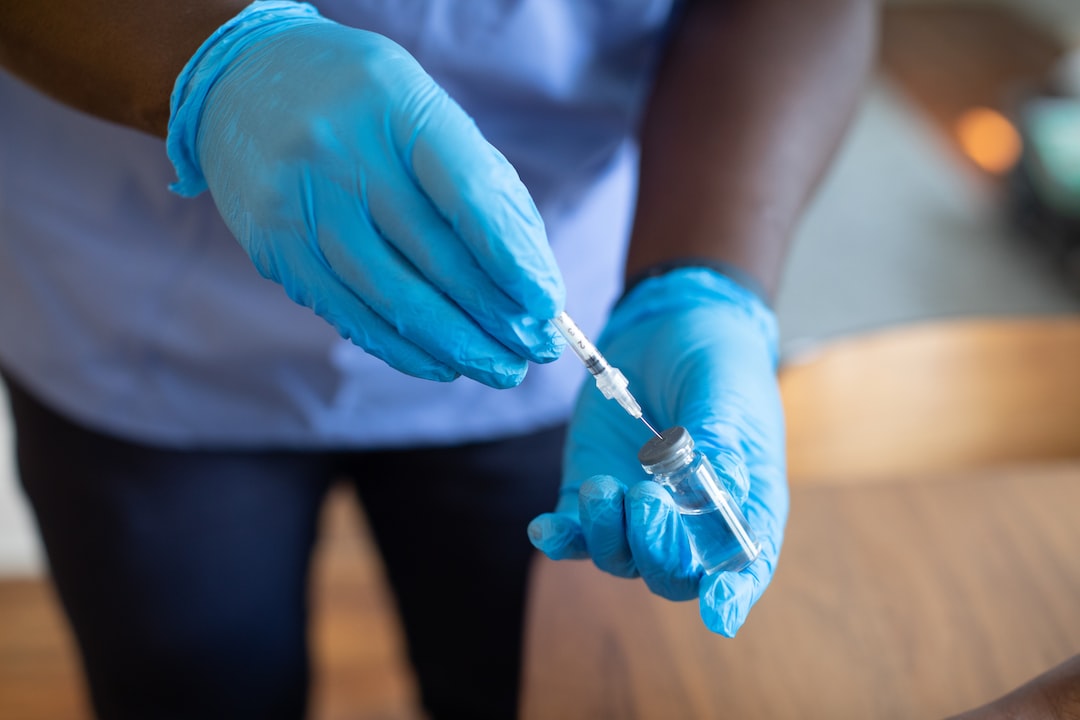If you are a fan of thai curries and want to add a personal touch to your culinary creations, why not try growing your own bell peppers at home? These vibrant vegetables are not only delicious, but they also make a colorful addition to any garden or balcony. Whether you have a green thumb or are new to gardening, this guide will provide you with all the information you need to get started on cultivating your own bell peppers.
To begin, you will need to choose the right variety of bell pepper for your needs. There are numerous options available, including colorful varieties like red, orange, and yellow, as well as traditional green bell peppers. Consider the taste and spiciness of the peppers to match your preference and the flavors of your Thai curries.
Next, you will need to prepare the soil. Bell peppers thrive in well-drained soil enriched with organic matter. It is recommended to add compost or aged manure to provide the pepper plants with the necessary nutrients. Additionally, make sure the soil has a pH level between 6.0 and 7.0, as this is the ideal range for bell pepper growth.
Once the soil is ready, it is time to start planting your bell pepper seeds or seedlings. If you opt for seeds, you can start them indoors about eight weeks before the last frost date in your area. Plant the seeds in small, individual containers and keep them in a warm and sunny location. Once the seedlings have developed a few sets of leaves, they can be transplanted into the garden or larger containers.
When planting the seedlings, make sure to space them at least 18-24 inches apart to allow for proper airflow and sunlight exposure. Bell peppers require full sun to thrive, so choose a location that receives at least six hours of sunlight a day.
Regular watering is important to keep the soil consistently moist, especially during hot summer months. However, avoid overwatering as it can lead to root rot. Mulching around the plants can help retain moisture and prevent weed growth.
As the bell pepper plants grow, they may require some support to prevent the branches from bending or breaking. You can use stakes or cages to provide necessary support and promote upward growth.
To encourage the best fruit production, you can also feed the plants with a balanced fertilizer every two to three weeks once they start flowering. This will help promote healthy growth and increase the yield of your bell peppers.
Harvest your bell peppers when they are fully mature and have reached the desired size. The time it takes for peppers to ripen can vary depending on the variety, but it generally takes around 70-90 days from planting to harvest.
Once you have successfully grown your bell peppers, it’s time to put them to good use in your favorite Thai curries. Their crisp texture and sweet flavor are perfect for adding a colorful and tasty element to your dishes. Enjoy the satisfaction of knowing that you grew them yourself and elevate your culinary skills with homegrown bell peppers.

